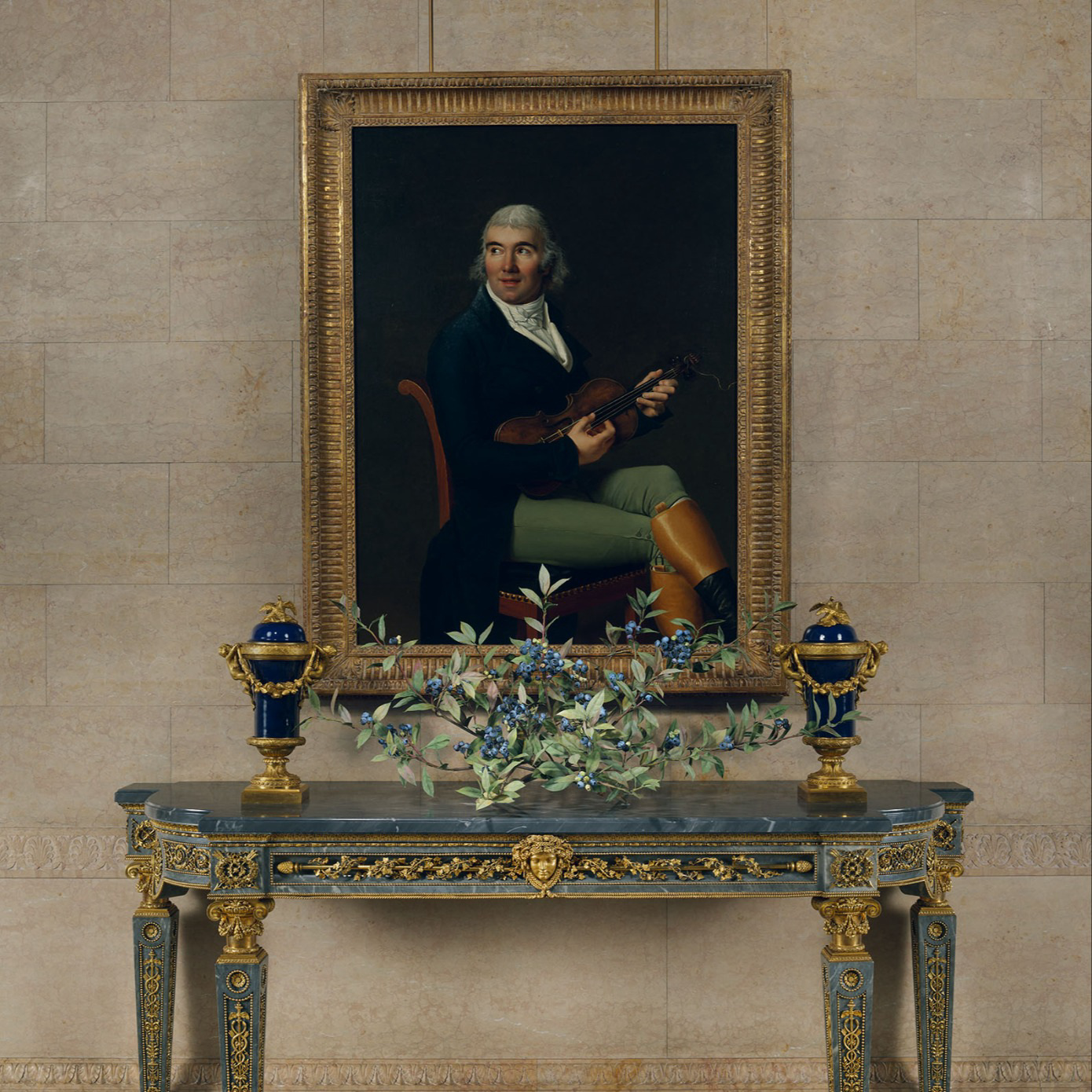
“I’d already been at it with Eve Babitz for 10 years,” says writer Lili Anolik when asked about the origins of her latest book. “We’d spent hundreds of hours talking—literally hundreds.”
Anolik’s relationship with the late patron saint of 1970s Los Angeles began like many relationships between writers and their subjects: with a barrage of letters and calls, and Anolik hoping that Babitz would eventually bite. A profile ensued, and a book—Hollywood’s Eve—followed in 2019. Anolik’s biography of Babitz is credited in part with the resurgence of interest in the author’s wry, hedonistic oeuvre, giving her long-overdue flowers as a chronicler of Los Angeles’s unforgiving yet irresistible draw. Anolik didn’t think she’d write another one.
Yet after Babitz died in 2021, Anolik discovered that “Eve, who I thought I knew so well, I didn’t know at all.” While sifting through the detritus of Babitz’s life, Anolik discovered boxes full of journals, artworks, and letters—including several to Joan Didion, her fellow iconic literary Angeleno.

That trove became the subject of the writer’s latest book: Didion & Babitz. Of the countless revelations embedded in the letters—many of which offer a riveting glimpse behind the impenetrable saucer-sized sunglasses at a more vulnerable Didion—one scrawled line written in 1972 sticks in Anolik’s mind: “Could you write what you write if you weren’t so tiny, Joan?” Anolik pored over the correspondence, plumbing the depths of the pair’s fraught relationship and profound rivalry. “It took my breath away,” the writer recalls. “Joan versus Eve is bigger than Joan and Eve—the conflict between them is universal.”
The book offers fresh insights into two of America’s most iconic wordsmiths, yes, but for Anolik, it’s almost a referendum on the creative life—one’s free-spirited, danger-courting joie de vivre clashing against the other’s icy, voluminous intellect. “I hope [readers] come away with the sense that they’ve just finished the nonfiction version of My Brilliant Friend,” Anolik jokes. “And also that all women are one or the other—a Joan or an Eve.”





